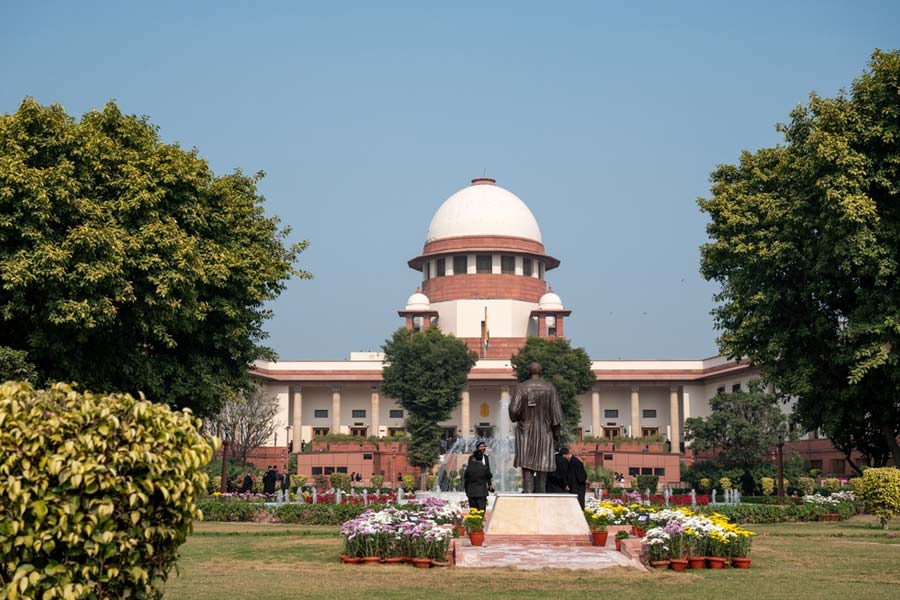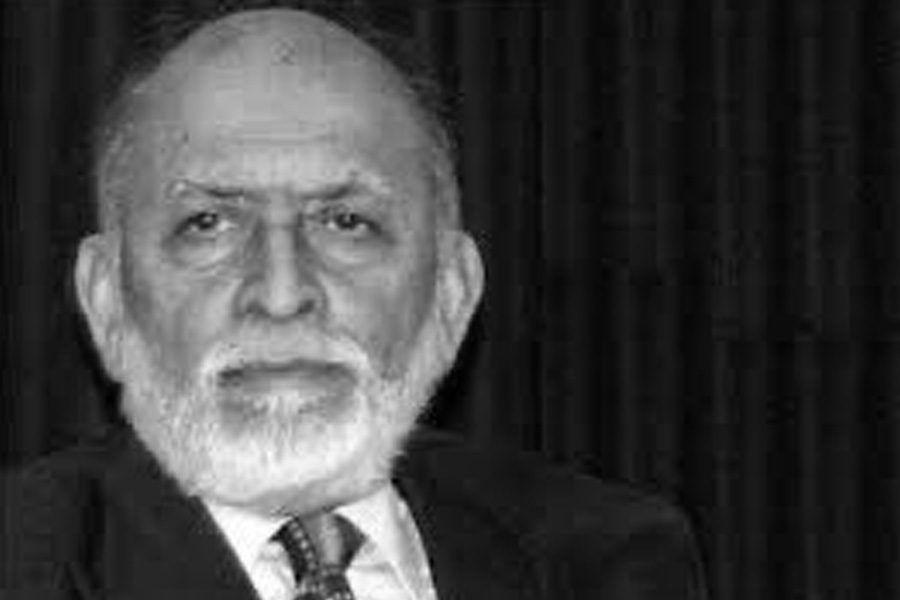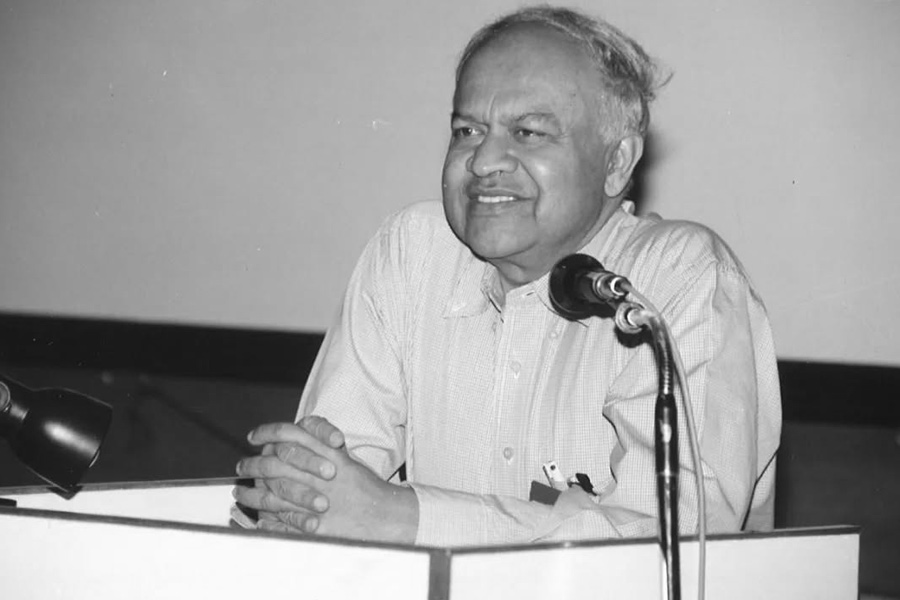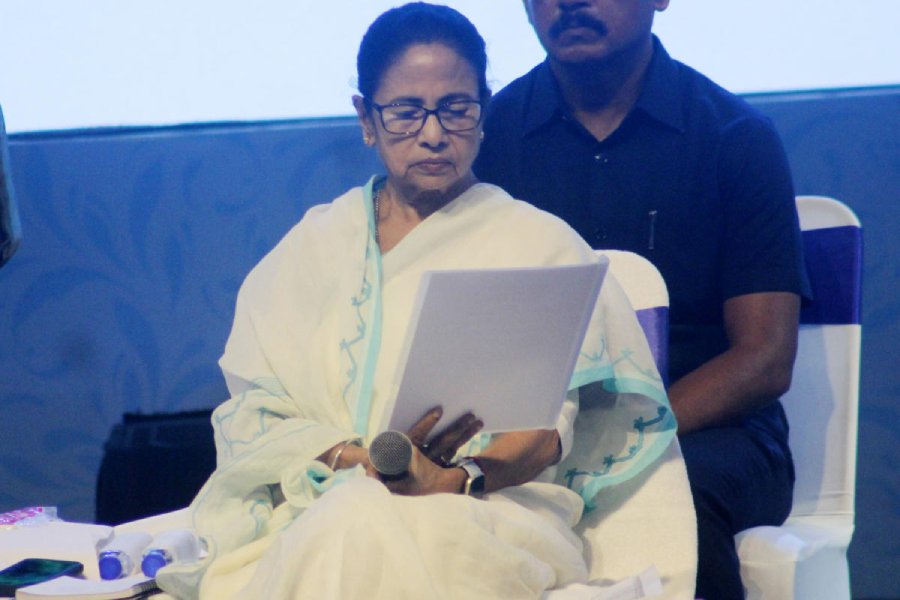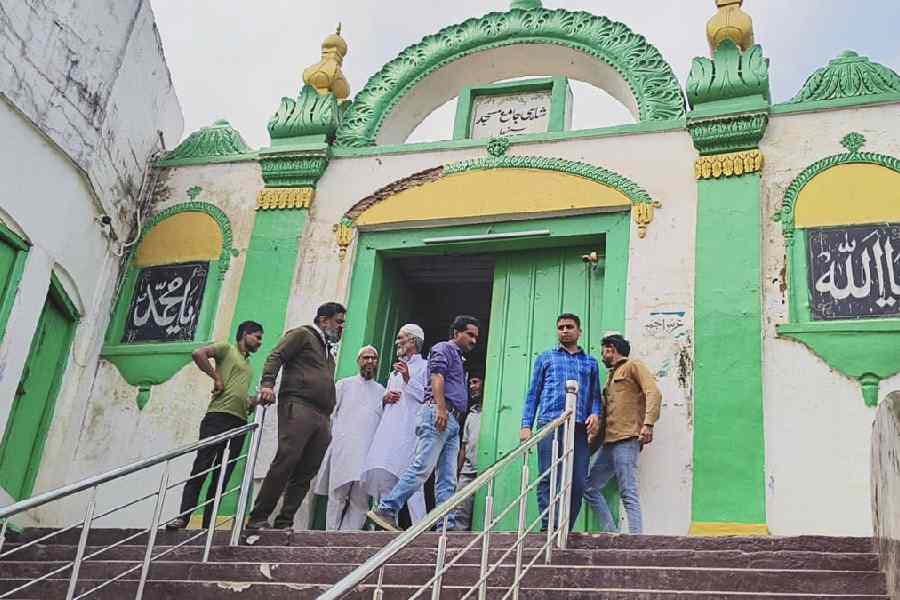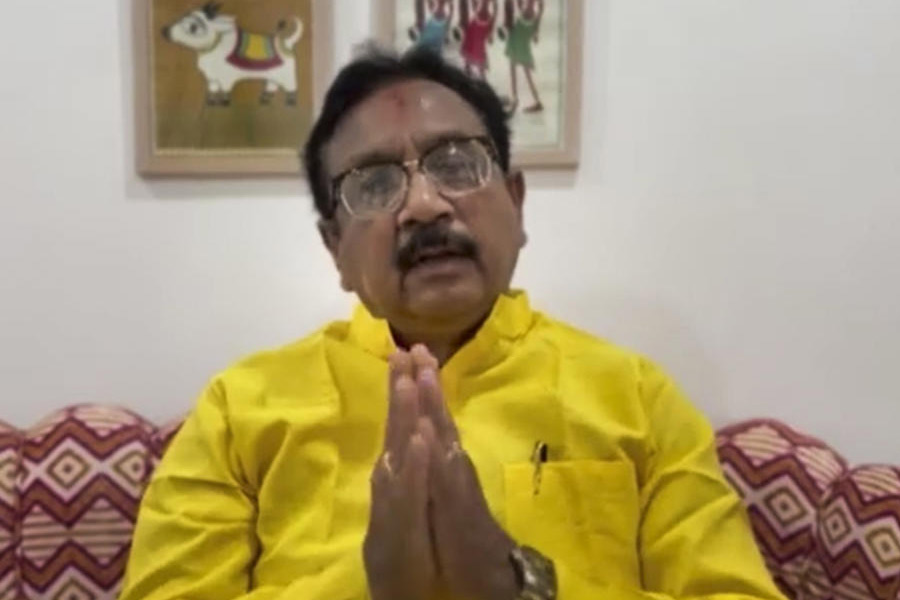
New Delhi, Nov. 26: Then US President John F. Kennedy was about to launch the Bay of Pigs invasion of Cuba, but in the spring of 1961, the Central Intelligence Agency (CIA) was silently also working on a parallel, unconventional plan to assassinate that country's leader, Fidel Castro.
The CIA had, starting during the previous administration of Dwight Eisenhower, convinced Chicago-based Cuban-origin mobster Sam Giancana to hire local mafia men in Havana.
The agency had also developed poison botulism pills and smuggled them into Cuba. The CIA had hatched two plans. One "asset" had access to Castro's beverages. The second among the local Cubans hired by Giancana worked in a restaurant frequented by Castro. The plan was to mix the pills with the Cuban leader's drink or food in March or April 1961.
But what followed became a metaphor for the manner in which Castro, who led the 1959 revolution in his country against US-backed dictator Fulgencio Batista, would outmanoeuvre, thwart and battle the US for five decades at the head of Cuba.
The first "asset" backed out, forcing the CIA to turn to the second option. And that failed too.
"Fidel Castro ceased visiting that particular restaurant at approximately the same time the pills purportedly arrived," a US Senate Investigation Committee set up in 1975 to probe all CIA attempts at assassinating foreign leaders said, in its report that has now been declassified. "After the second attempt failed, the case officer said the pills were returned to the CIA."
The twin attempts at using pills to kill Castro were among at least a dozen that different CIA officials, US Congress investigations or American diplomats have admitted were conceived.
Fabian Escalante, the former head of Cuban intelligence who protected Castro for decades, has famously claimed his leader was the target of 634 American assassination plots. Escalante has even offered a breakup of the assassination attempts: 38 under Eisenhower, 42 under Kennedy, 72 under Lyndon Johnson, 184 under Richard Nixon, 64 under Jimmy Carter, 197 under Ronald Reagan, 16 under George H.W. Bush and 21 under Bill Clinton.
But Escalante, other Cuban diplomats and officials, and all available accounts from American intelligence officials and diplomats concur on one fact: Castro, through a combination of luck and inputs, was a step ahead in avoiding each of the assassination plots.
The plots confirmed by the Senate probe panel include plans to poison Castro's scuba-diving costume, plant an exploding seashell in the part of the Caribbean Sea where the Cuban leader swam, and use a fountain pen with an injectable syringe loaded with poison.
The Saturday Evening Post in 1967 claimed the CIA had also attempted to hand Castro an exploding cigar during his visit to New York for the UN General Assembly in 1960 through a police officer - though no independent probe has confirmed this attempt. Escalante's claims include the firing of gunshots at a sports stadium in early 1961 where Castro was speaking.
The Senate findings also confirm multiple attempts involving rifles with telescopic lenses and sophisticated communications equipment that were smuggled into Cuba by the CIA, mostly using the Cuban exile community in Miami.
But in no instance, American and Cuban officers concur, did any of the plans come even close to success - though Castro used the assassination attempts to regale audiences and to add to his cult of invincibility.
"Not a single foreign-based assassination plan is known to have come close to succeeding and most, including all of those hatched in the CIA under pressure from the Kennedy administration, were laughably inept," US intelligence expert Brian Latell wrote in his 2005 review of the book, The Castro Obsession, by journalist Don Bohning.
In some cases, Castro had luck on his side.
The CIA, after investigation, found that there was no seashell large enough in the Caribbean Sea to hold enough explosives to kill a swimming Castro. A "midget submarine" that was to be tasked with placing the seashell also "did not have a long enough operating range", the Senate panel report concluded.
Aware of Castro's love for scuba-diving, the CIA had developed a plan to use its negotiations for the release of prisoners captured by Cuba during the failed Bay of Pigs invasion to try and kill the Cuban leader. It was 1963, and US Navy officer James Donovan, America's chief negotiator with Cuba, had built a rapport with Castro. The plan was for Donovan to gift Castro a skin-diving suit layered on the inside with fungus to trigger a disabling and chronic skin disease, and contaminating the breathing apparatus with tuberculosis bacilli.
"The scheme was dropped because Donovan on his own volition gave Fidel Castro an uncontaminated skin-diving suit as a gesture of friendship," the Senate report found.
In other cases, the CIA's "assets" refused to carry out plans. On November 22, 1963, a CIA case officer showed a Cuban "asset" the poison-needle ballpoint pen, the Senate probe confirmed. But the "Cuban contact" declined the proposal, arguing he would need to get too close to Castro to carry out the plan.
But Castro's repeated ability to thwart, avoid or escape assassination attempts also fuelled belief among key sections of the US intelligence community that the Cuban intelligence network was often a step ahead, perhaps through its own spies among the Miami exiles.
"Our belief was that Castro was extremely well informed on what was going on," Richard Bissell, a top CIA officer at the time, told the US Senate panel.
Yet, the continued assassination attempts by the CIA also pointed to a key belief within successive US administrations that took birth early after the Cuban Revolution.
"A political vulnerability of the regime lies in the person of Castro himself," the US National Security Council said in an assessment shared with the Senate panel on May 9, 1975. "It is not clear whether the regime could continue to operate for long without him. If Castro were removed from the scene the regime might collapse for lack of this central rallying point."
That assessment is now on test.



